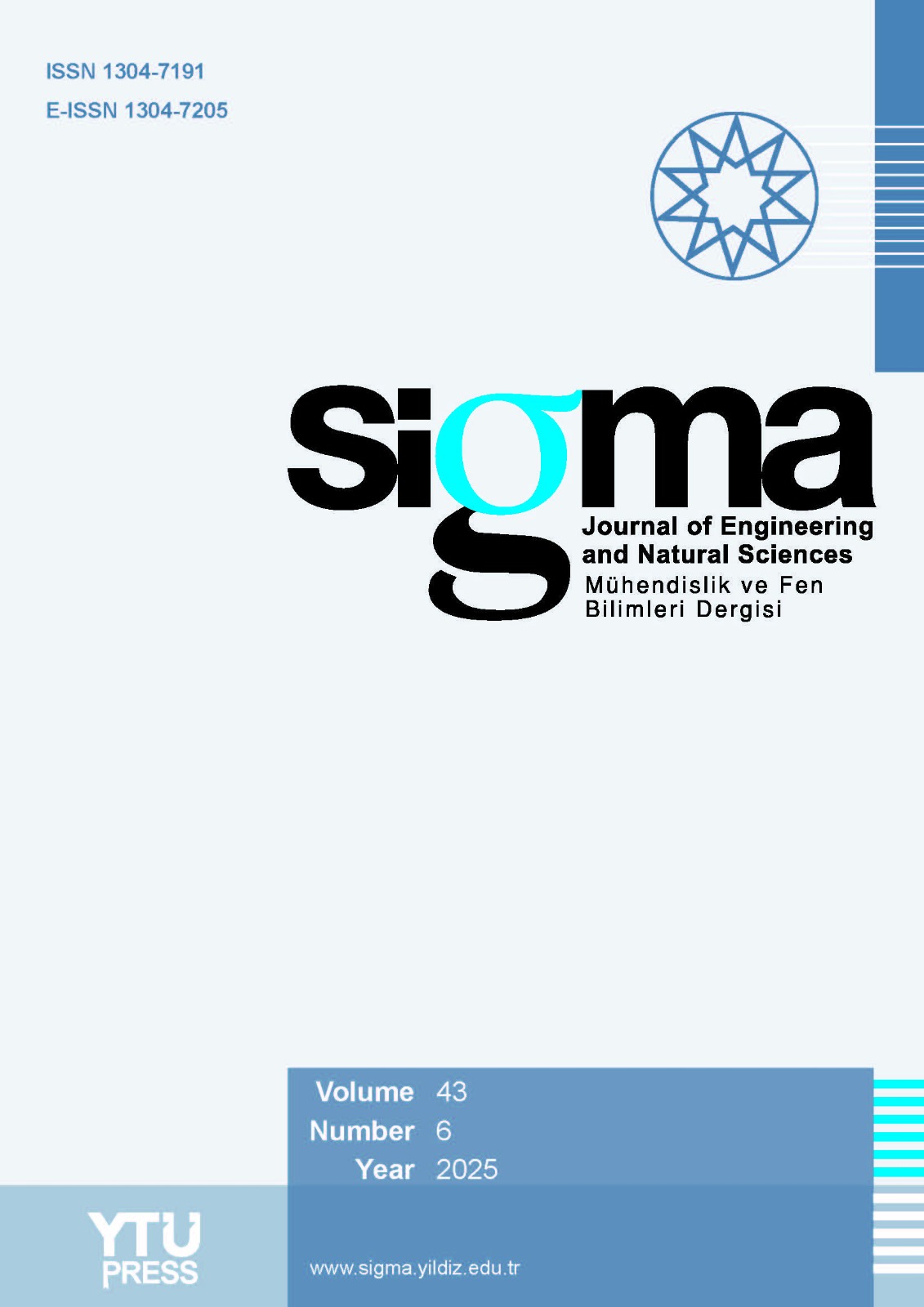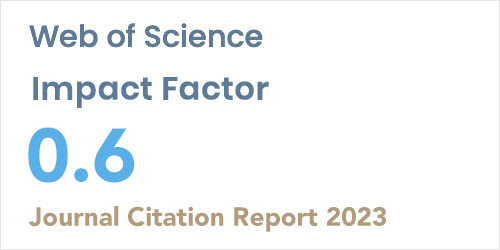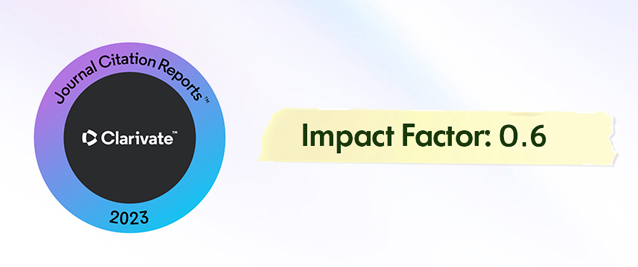Abstract
Nanofluid flow over a stretching cylinder with the electrification effect of nanoparticles has sparked renewed industrial interest in applications like thermal insulation, metal spinning, liquid film condensation, and wire coating. To elevate process quality standards in these areas, the associated transport phenomena require ongoing advancements. Hence, the current study investigates the thermal and numerical aspects of the axisymmetric boundary layer flow of Ag-water nanofluid around a horizontally stretching cylinder. The combined effects of electrified nanoparticles and viscous dissipation on the flow of Ag-water nanofluid around a stretching cylinder remain unexplored in the existing literature. Hence, the present study considers nanoparticle electrification and viscous dissipation effects, which are often over-looked in conventional nanofluid models like Buongiorno’s model. The study emphasizes the importance of nanoparticle electrification, especially in scenarios involving tribo-electrification due to Brownian motion. This unique aspect sets this investigation apart. The governing partial differential equations are transformed into local similarity equations using similarity transformations and nondimensionalization. The system of local similarity equations is then solved numerically using the MATLAB bvp4c solver. The results closely match those reported in previous studies. The study explores the effects of the Eckert number and electrification parameter on non-dimensional concentration, velocity, temperature, as well as heat and mass transfer coefficients through graphical analysis. The main finding highlighted in this study is the enhanced heat and mass transfer rates from a stretching cylinder to a nanofluid, facilitated by the presence of electrified nanoparticles. The electrified nanoparticle mechanism in nano-fluids boosts heat transfer, benefiting manufacturing industries with high-temperature cylin-drical products. This mechanism also enhances transport properties, improving drug delivery in biomedical applications. Moreover, the proposed model holds potential for applications in manufacturing and industrial cooling processes.














